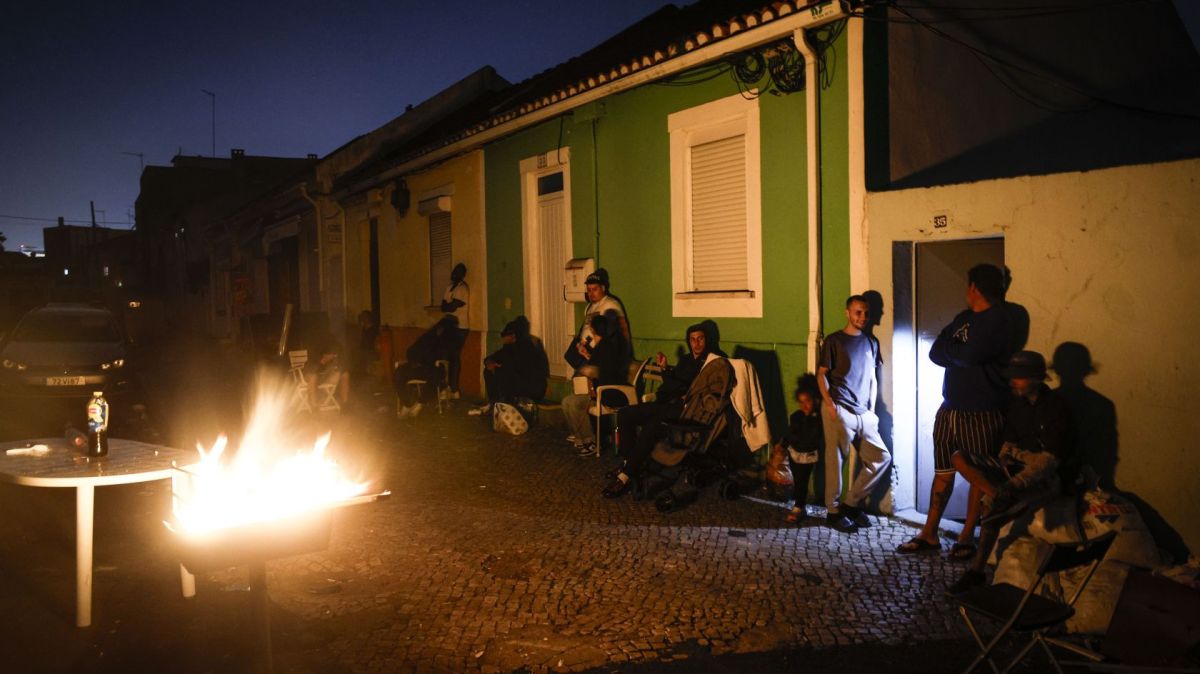From a young age, Clare exhibited a sensitive and kind nature. She was raised in a wealthy household where she received an education befitting her status, which included reading and writing as well as skills like spinning yarn and needlework. Clare’s mother played a significant role in shaping her spiritual life.
Encounter with St. Francis
At the age of 18, Clare attended a Lenten service at the church of San Giorgio in Assisi where she heard St. Francis of Assisi preach. Inspired by his teachings about poverty and humility, she approached Francis and expressed her desire to live according to the Gospel. On Palm Sunday, March 20, 1212, Clare made a decision that would change her life forever. Under the cover of night and with the help of her cousin Pacifica, she left her family’s home without their knowledge. She traveled to the Porziuncola Chapel, where Francis received her vows.
After taking her vows, Clare initially stayed with the Benedictine nuns at San Paulo near Bastia for protection from her family who sought to bring her back home. However, shortly thereafter, Francis moved Clare and other women who joined her to San Damiano, a small convent that he had repaired earlier. Here began what would become known as the Order of Poor Ladies, later renamed the Poor Clares.
As abbess from 1216 onward, Clare led this community with strict adherence to poverty and prayer. The order emphasized living without personal property or wealth — a radical departure from many contemporary religious practices. Clare wrote letters encouraging other communities across Europe and worked tirelessly despite suffering from ill health later in life. Clare passed away on August 11, 1253. Just two years later, she was canonized by Pope Alexander IV on September 26, 1255.














